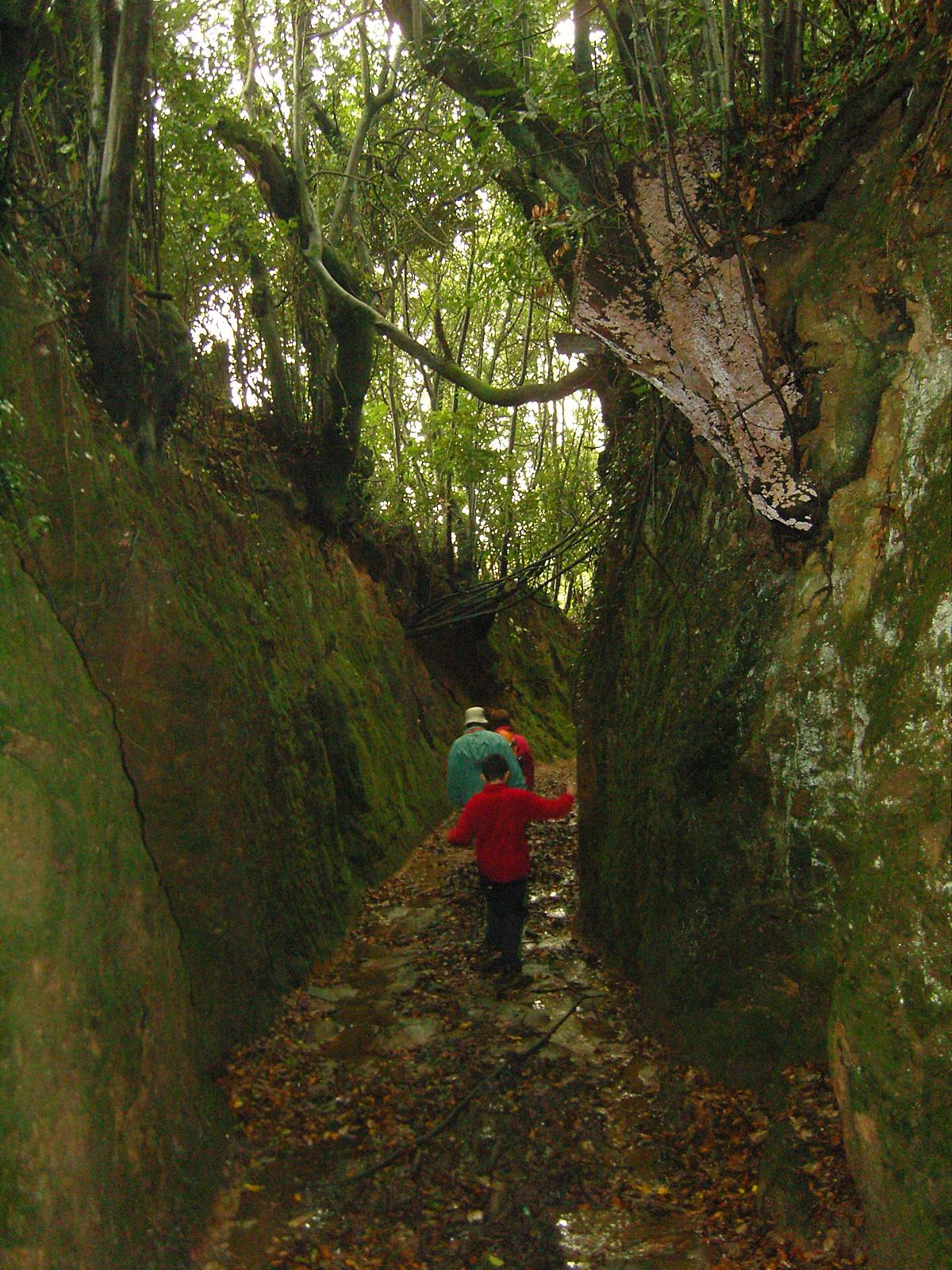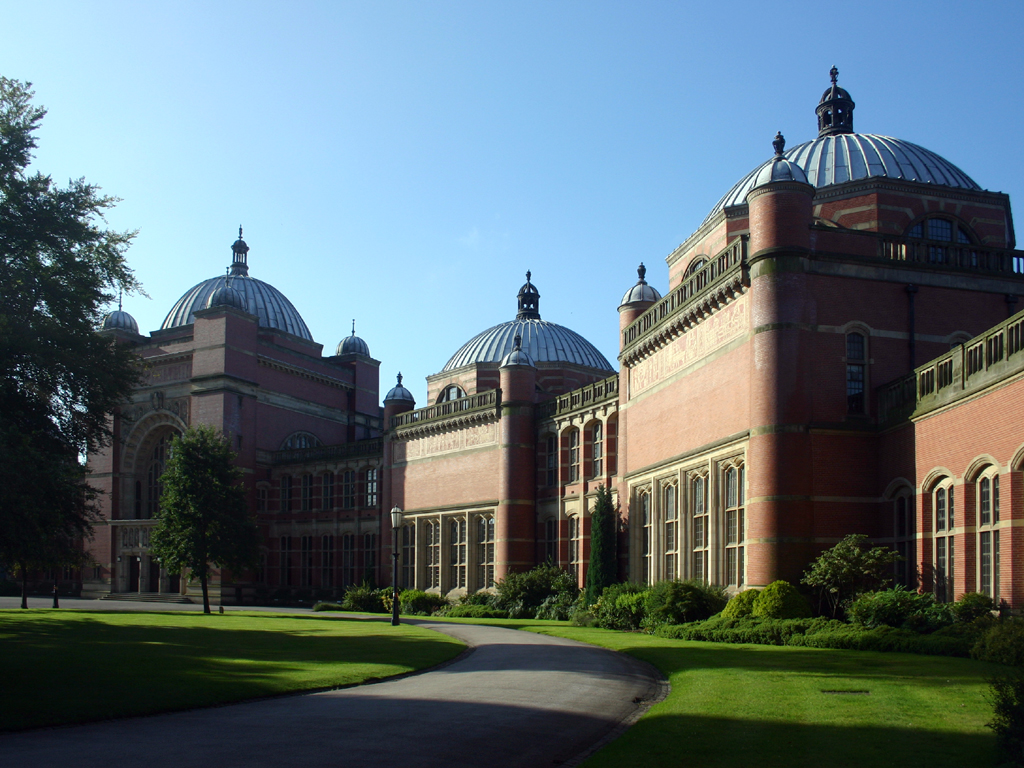|
St. Edmund's Chapel, Lyng
The ruins of St. Edmund's Chapel are located in a field to the east of the village of Lyng, Norfolk, Lyng in the English county of Norfolk. It was one of two religious buildings in Lyng, the other being St. Margaret's Church, Lyng, St. Margaret's Church. The chapel was part of a Rule of Saint Benedict, Benedictine nunnery, purportedly founded to commemorate a battle with the Danes (tribe), Danes during their 9th century campaign which would end with the death of Edmund the Martyr. The nunnery was transferred to Thetford in 1176. The chapel was not abandoned until at least 1250, and a fair was held on the site by the Prioress of St. George's Priory, Thetford in 1287.Ruins of St Edmund's Chapel, Lyng and multi-period finds Norfolk Heritage Explorer. Retrieved 2018-12-03. The nuns re ... [...More Info...] [...Related Items...] OR: [Wikipedia] [Google] [Baidu] |
Christianity
Christianity is an Abrahamic monotheistic religion based on the life and teachings of Jesus of Nazareth Jesus, likely from he, יֵשׁוּעַ, translit=Yēšūaʿ, label=Hebrew/Aramaic ( AD 30 or 33), also referred to as Jesus Christ or Jesus of Nazareth (among other names and titles), was a first-century Jewish preacher and religious .... It is the Major religious groups, world's largest and most widespread religion with roughly 2.38 billion followers representing one-third of the global population. Its adherents, known as Christians, are estimated to make up a majority of the population in Christianity by country, 157 countries and territories, and believe that Jesus in Christianity, Jesus is the Son of God (Christianity), Son of God, whose coming as the Messiah#Christianity, messiah was Old Testament messianic prophecies quoted in the New Testament, prophesied in the Hebrew Bible (called the Old Testament in Christianity) and chronicled in the New Testamen ... [...More Info...] [...Related Items...] OR: [Wikipedia] [Google] [Baidu] |
Scarning
Scarning is a village and civil parish in the English county of Norfolk. It covers an area of and had a population of 2,932 in 1,092 households at the 2001 census, which eased at the 2011 Census to 2,906 in the same number of households. For local government, it falls within the district of Breckland. It lies two miles (3.2 km) west of Dereham and 17 miles (27 km) west of Norwich, on the old turnpike road between Dereham and Swaffham. Structure and history The name of the village means "dung place", perhaps originally the name of a nearby stream. Scarning divides into Old Scarning and New Scarning. Old Scarning is the original village, which has existed for over 900 years. New Scarning, an estate built in the 1990s, consists of a web of lanes named after species of flowers. Older names and spellings for the village include Scerninga in the Domesday Book of 1086, Scerninges in 1199, and Skerning in 1253. Scarning Parish Council has nine members. Church The Parish C ... [...More Info...] [...Related Items...] OR: [Wikipedia] [Google] [Baidu] |
James Woodforde
James Woodforde (1740–1803) was an English clergyman, mainly in Somerset and Norfolk, remembered as the author of ''The Diary of a Country Parson''. This vivid account of parish life remained unpublished until the 20th century. Early life James Woodforde was born at the Parsonage, Ansford, Somerset, England on 27 June 1740. In adulthood he led an uneventful, unambitious life as a clergyman of the Church of England: a life unremarkable except that for nearly 45 years, he kept a diary recording the everyday routines and concerns of 18th-century rural England. A descendant of the noted 17th-century diarist, Robert Woodford of Northampton, he was the sixth child of the Reverend Samuel Woodforde, rector of Ansford and vicar of Castle Cary, and his wife Jane Collins. James was one of four brothers (one of whom died in infancy) and the only one to attend public school – Winchester College, and university – Oxford. He was admitted to Winchester as a scholar in 1752 and ... [...More Info...] [...Related Items...] OR: [Wikipedia] [Google] [Baidu] |
Glacial Erratic
A glacial erratic is glacially deposited rock differing from the type of rock native to the area in which it rests. Erratics, which take their name from the Latin word ' ("to wander"), are carried by glacial ice, often over distances of hundreds of kilometres. Erratics can range in size from pebbles to large boulders such as Big Rock () in Alberta. Geologists identify erratics by studying the rocks surrounding the position of the erratic and the composition of the erratic itself. Erratics are significant because: *They can be transported by glaciers, and they are thereby one of a series of indicators which mark the path of prehistoric glacier movement. Their lithographic origin can be traced to the parent bedrock, allowing for confirmation of the ice flow route. *They can be transported by ice rafting. This allows quantification of the extent of glacial flooding resulting from ice dam failure which release the waters stored in proglacial lakes such as Lake Missoula. Err ... [...More Info...] [...Related Items...] OR: [Wikipedia] [Google] [Baidu] |
Hollow Way
A sunken lane (also hollow way or holloway) is a road or track that is significantly lower than the land on either side, not formed by the (recent) engineering of a road cutting but possibly of much greater age. Various mechanisms have been proposed for how holloways may have been formed, including erosion by water or traffic; the digging of embankments to assist with the herding of livestock; and the digging of double banks to mark the boundaries of estates. All of these mechanisms could apply in different cases. Means of formation A variety of theories have been proposed for the origins of holloways. Different mechanisms may well apply in different cases. Erosion Some sunken lanes are created incrementally by erosion, by water and traffic. Some are very ancient with evidence of Roman or Iron Age origins, but others such as the Deep Hill Ruts in the old Oregon Trail at Guernsey, Wyoming developed in the space of a decade or two. Where ancient trackways have lapsed from us ... [...More Info...] [...Related Items...] OR: [Wikipedia] [Google] [Baidu] |
Eastern Daily Press
The ''Eastern Daily Press'' (''EDP'') is a regional newspaper covering Norfolk, northern parts of Suffolk and eastern Cambridgeshire, and is published daily in Norwich Norwich () is a cathedral city and district of Norfolk, England, of which it is the county town. Norwich is by the River Wensum, about north-east of London, north of Ipswich and east of Peterborough. As the seat of the Episcopal see, See of ..., United Kingdom, UK. Founded in 1870 as a broadsheet called the ''Eastern Counties Daily Press'', it changed its name to the ''Eastern Daily Press'' in 1872. It switched to the compact (newspaper), compact (Tabloid (newspaper format), tabloid) format in the mid-1990s. The paper is now owned and published by Archant, formerly known as Eastern Counties Newspapers Group. It aims to represent the interests of the local population in the region in a non-partisan way, its mission statement being to "champion a fair deal for the future prosperity of the region". Despite i ... [...More Info...] [...Related Items...] OR: [Wikipedia] [Google] [Baidu] |
The Great Stone Of Lyng
''The'' () is a grammatical article in English, denoting persons or things that are already or about to be mentioned, under discussion, implied or otherwise presumed familiar to listeners, readers, or speakers. It is the definite article in English. ''The'' is the most frequently used word in the English language; studies and analyses of texts have found it to account for seven percent of all printed English-language words. It is derived from gendered articles in Old English which combined in Middle English and now has a single form used with nouns of any gender. The word can be used with both singular and plural nouns, and with a noun that starts with any letter. This is different from many other languages, which have different forms of the definite article for different genders or numbers. Pronunciation In most dialects, "the" is pronounced as (with the voiced dental fricative followed by a schwa) when followed by a consonant sound, and as (homophone of the archaic pr ... [...More Info...] [...Related Items...] OR: [Wikipedia] [Google] [Baidu] |
Nikolaus Pevsner
Sir Nikolaus Bernhard Leon Pevsner (30 January 1902 – 18 August 1983) was a German-British art historian and architectural historian best known for his monumental 46-volume series of county-by-county guides, '' The Buildings of England'' (1951–74). Life Nikolaus Pevsner was born in Leipzig, Saxony, the son of Anna and her husband Hugo Pevsner, a Russian-Jewish fur merchant. He attended St. Thomas School, Leipzig, and went on to study at several universities, Munich, Berlin, and Frankfurt am Main, before being awarded a doctorate by Leipzig in 1924 for a thesis on the Baroque architecture of Leipzig. In 1923, he married Carola ("Lola") Kurlbaum, the daughter of distinguished Leipzig lawyer Alfred Kurlbaum. He worked as an assistant keeper at the Dresden Gallery between 1924 and 1928. He converted from Judaism to Lutheranism early in his life. During this period he became interested in establishing the supremacy of German modernist architecture after becoming aware of ... [...More Info...] [...Related Items...] OR: [Wikipedia] [Google] [Baidu] |
Kent
Kent is a county in South East England and one of the home counties. It borders Greater London to the north-west, Surrey to the west and East Sussex to the south-west, and Essex to the north across the estuary of the River Thames; it faces the French department of Pas-de-Calais across the Strait of Dover. The county town is Maidstone. It is the fifth most populous county in England, the most populous non-Metropolitan county and the most populous of the home counties. Kent was one of the first British territories to be settled by Germanic tribes, most notably the Jutes, following the withdrawal of the Romans. Canterbury Cathedral in Kent, the oldest cathedral in England, has been the seat of the Archbishops of Canterbury since the conversion of England to Christianity that began in the 6th century with Saint Augustine. Rochester Cathedral in Medway is England's second-oldest cathedral. Located between London and the Strait of Dover, which separates England from mainla ... [...More Info...] [...Related Items...] OR: [Wikipedia] [Google] [Baidu] |
Sparham
Sparham is a village and civil parish in Norfolk, England. It covers an area of and had a population of 291 in 109 households at the 2001 census, . Office for National Statistics & Norfolk County Council (2001). Retrieved 20 June 2009. including Bylaugh and increasing to a population of 341 in 143 households at the 2011 census. For the purposes of local government, it falls within the Upper Wensum Ward of Breckland District Council and the Elmham and Mattishall Division o ... [...More Info...] [...Related Items...] OR: [Wikipedia] [Google] [Baidu] |
Bylaugh
Bylaugh is a civil parish in Norfolk, England north-east of East Dereham and WNW of Norwich. For the purposes of local government it falls within the Upper Wensum Ward of Breckland District Council and the Elmham and Mattishall Division of Norfolk County Council. According to the 2001 census it had a population of 65. At the 2011 census the population remained less than 100 and was included in the civil parish of Sparham. The villages name origin is uncertain, it possibly could mean, 'funeral-pyre enclosure', or with a first element bel, perhaps meaning 'wood/clearing/island' and not otherwise evidenced in Old English. Topography This smaller than average parish has three farms and is bounded to the south by the River Wensum. The rest of its people have smallholdings, live in the distant row of three cottages or live in homes in the Bylaugh Hall grounds. Its shape, due to the river bends immediately south, resembles a molar (tooth). Approximately one sixth of Bylaugh ... [...More Info...] [...Related Items...] OR: [Wikipedia] [Google] [Baidu] |
Lyng, Norfolk
Lyng is a village and civil parish in the English county of Norfolk. It is situated on the River Wensum, some north-east of the town of East Dereham and north-west of the city of Norwich. The village's name is likely derived from the Old English wordhlinc', meaning 'bank', 'ledge', or 'terrace'. The civil parish has an area of and in the 2011 census had a population of 807 in 356 households. For the purposes of local government, the parish falls within the Elmham and Mattishall division of Norfolk County Council and the Upper Wensum ward of Breckland District Council. St. Margaret's Church and The Fox public house are located closer to the river with Lyng Stores and Tea Room located centrally in the village. Churches In medieval times, Lyng had two churches. St. Edmund's Chapel was the church of a Benedictine nunnery at Lyng Eastaugh, three quarters of a mile to the south-east of the village. It fell into ruin after being abandoned in the 13th century and all but a ... [...More Info...] [...Related Items...] OR: [Wikipedia] [Google] [Baidu] |




.png)


